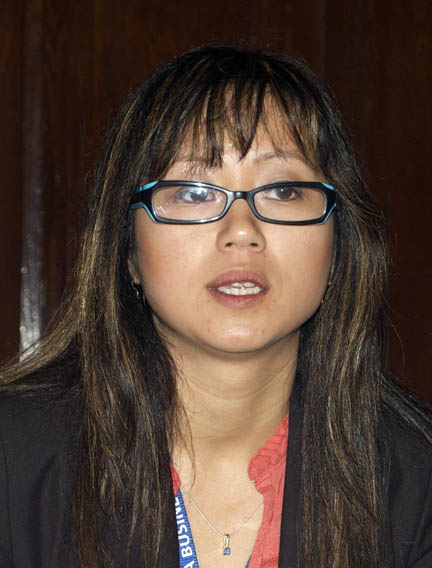In-house counsel should consider having a plan ready in advance of getting hit with a crisis and be ready to step up to respond to all possible players, including the media and victims, to best protect the reputation of their organization.

“You have to make quick decisions that could have a long-term impact so you have to do an analysis of the legal risks,” said Michelle Wong, legal counsel for Toronto Community Housing Corp., speaking at an American Bar Association panel Aug 5 in Toronto entitled: Crisis Management Tales from In-House Counsel.
Wong was part of the team that handled the aftermath of the six-alarm fire that took place at 200 Wellesley St. in Toronto last September in which 17 people were injured. The apartment complex had 712 units occupied by 1,200 people — considered the largest rental building in Canada.
The role of in-house counsel in a crisis, says Wong, involves co-ordinating efforts with internal stakeholders as well as dealing with parties such as the property management company at 200 Wellesley, and providing legal counsel to the crisis response team.
“A crisis can generate legal and operational problems and you have to try and move the company forward through it all,” said Wong. “In our case, we worked with the fire marshal, fire department, public health, and police. It was important to establish a degree of trust with all involved and we did.”
Throw in other aspects such as the media, tenants and local politicians who also happened to be campaigning for office at the time and the Wellesley fire created many hot spots for Wong and her team to manage.
A big part of dealing with the Wellesley fire, said Wong, was assisting in the communication both internally with stakeholders and externally with the media. “It’s important to have a single individual designated as a spokesperson to deliver quick, consistent communications,” she said.
Robin Sears, senior partner with Toronto-based communications and public relations firm Navigator Ltd., stressed that in-house counsel must ready themselves that at some point, it is likely their organization will have a crisis. And with today’s world of instant news there is no room for debate on a response.
“I operate in the ultimate fighting court of public opinion where there are no rules,” he told lawyers gathered for the panel discussion. “You operate in an environment of what is said can hurt us in court. But I operate in a world where what is not said can hurt you.”
One of the fundamental differences between a public relations professional and a lawyer, said Sears, is that to a lawyer, silence is preferable to an uttered mistake. “I understand why there is the preference, but silence in itself is always a mistake,” he said. “If all the information comes from the other side you will lose. Your response time is measured in minutes.”
Brian Leck, general counsel for the Toronto Transit Commission, said tackling an issue head-on with the media is the best approach. “I’ve been on the losing end of discussions with senior managers about pushing to speaking to the media. We were smeared in the media because it ended up being one-sided. You risk getting hammered if you don’t address the media,” said Leck.
Following a subway crash Leck said a law firm advised the TTC to downplay what happened. “We took the opposite approach. We thought about the victim. You need to validate their suffering, show honesty from the organization, and give information about the action taken,” said Leck.
Leck also advised addressing potential litigation early, conducting speedy investigations, and taking statements to determine early admission of liability. “The cheques you write early will be the smallest cheques you write.”
Professor Poonam Puri, associate dean of research, graduate studies, and institutional relations at Osgoode Hall Law School, said it’s important to think well in advance of what risks are ahead of any crisis and the involvement of the company’s board of directors is also critical in any crisis plan.
“You need to be proactive in developing a plan and think well in advance of what the risks are in advance of any crisis and consider what your organization can do to mitigate those risks,” she said.

 “You have to make quick decisions that could have a long-term impact so you have to do an analysis of the legal risks,” said Michelle Wong, legal counsel for Toronto Community Housing Corp., speaking at an American Bar Association panel Aug 5 in Toronto entitled: Crisis Management Tales from In-House Counsel.
“You have to make quick decisions that could have a long-term impact so you have to do an analysis of the legal risks,” said Michelle Wong, legal counsel for Toronto Community Housing Corp., speaking at an American Bar Association panel Aug 5 in Toronto entitled: Crisis Management Tales from In-House Counsel.